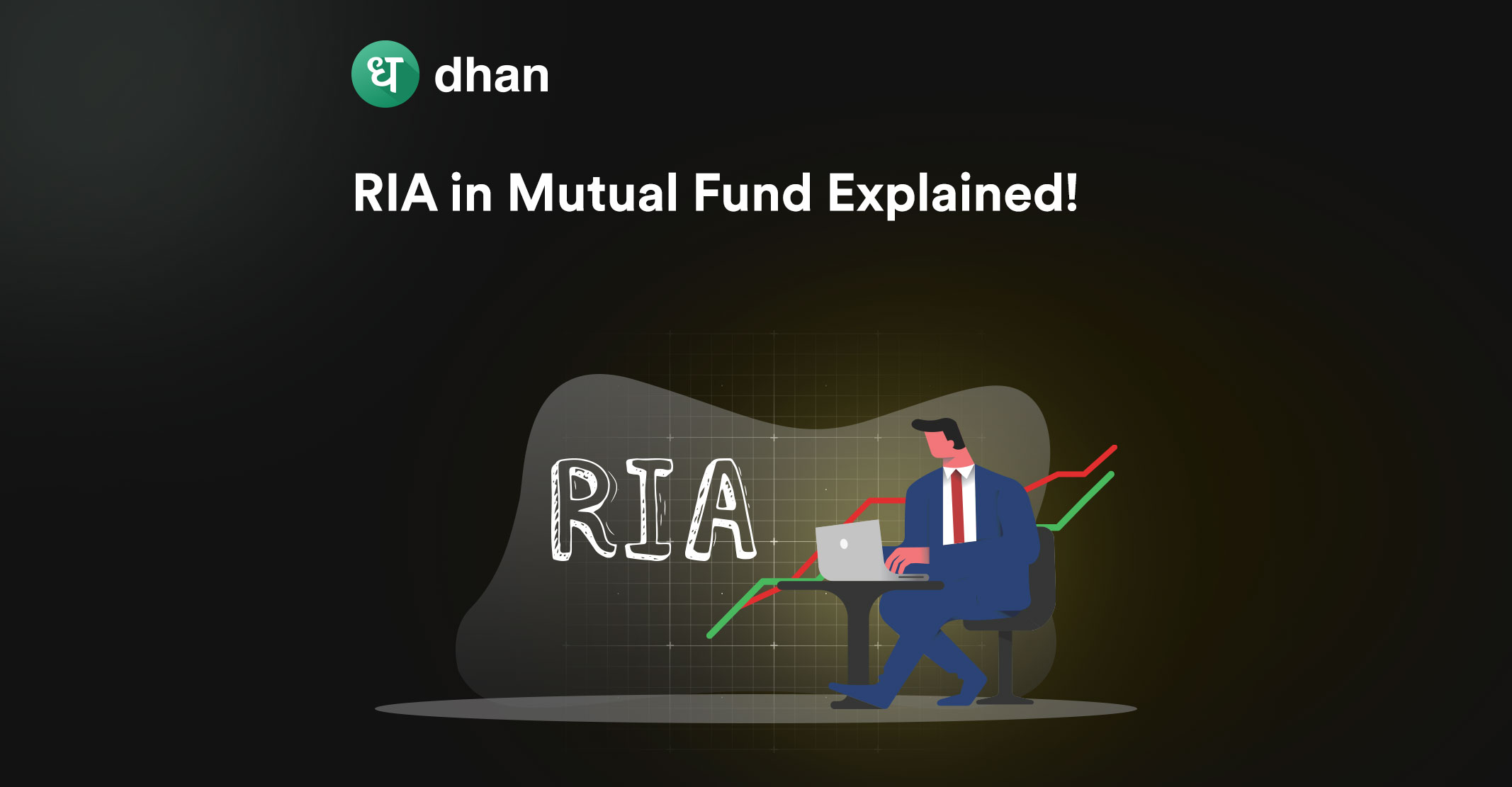If you are confused about how to select the best mutual funds, the answer is – by analyzing some of the key parameters of a fund.
Mutual funds provide essential risk and return measures to aid in selecting the ideal fund based on your investment goals and risk tolerance.
In this article, you’ll get your answer on how to analyze mutual funds.
Key Parameters to Analyse Mutual Funds
By analysing different factors of a mutual fund, you can understand how the mutual fund has performed, its structure, and its suitability according to your investment needs.
Here are some of the key parameters or factors on how to analyze mutual fund scheme:
1. Expense Ratio
The expense ratio is the percentage that includes the operating charges that an AMC can charge from an investor.
This includes advertising expenses, transaction costs, custodian fees, registrar fees, audit fees, and fund manager fees.
A fund with a higher expense ratio typically yields lower returns when selling units.
This means that the expense ratio can directly affect the NAV and hence your overall returns.
Thus, you should select a mutual fund that has a lower expense ratio as compared to its category average.
2. Fund Returns
You can compare the mutual fund returns with the benchmark index’s returns in the same period.
This will help you analyze whether the mutual fund has outperformed the index in the specified time period, say 1 year, 3 years, or 5 years.
You can also analyze the performance of a mutual fund by comparing its returns with the same type of fund in a chosen period.
This will help you do the peer comparison and you can pick out the highest-giving returns mutual fund.
3. Allocation of a Fund
You can assess a mutual fund’s allocation based on asset type, quality, and sector selection.
You can check whether the fund is following the mentioned rules in terms of asset allocation and period.
In terms of portfolio, you can check how much percentage of assets is invested in equity and debt instruments.
You can check which sector or stock the fund is more exposed to and how this sector or stock is performing now.
In debt funds, you can also analyze the quality of invested instruments by studying the credit ratings.
4. Fund Manager Performance
The fund manager is the one who manages your money and selects the different instruments in which the corpus is invested. So, his expertise and skills hold the utmost importance.
You should evaluate the experience of a fund manager in managing any specific type of fund.
You can also check out the complete list of funds managed by a fund manager and how all the funds have performed in the past.
The fund manager should have a track record of consistent returns over the years.
5. Performance Ratios
There are performance ratios that can help you understand how the mutual fund has generated returns in terms of the risk it holds.
The two most popular risk-return ratios are:
- Alpha
This measure will help you understand how the fund has performed as compared to its benchmark.
Suppose the fund has an alpha of 1%, then it means that it has given 1% extra returns than the benchmark over the selected period.
A zero Alpha value indicates that the fund’s returns match those of the benchmark.
If its value goes beyond 0, then the fund has outperformed and below zero means underperformance. So, you can invest in a mutual fund that has an alpha of more than 0.
- Beta
Beta measures the volatility of returns generated by the mutual fund as compared to its benchmark.
If the value of Beta is 1, then the fund moves according to the benchmark.
A fund with a beta less than 1 will fluctuate less than its benchmark, either falling or rising.
So, if you are a risk-averse investor, then you can invest in funds having a beta of less than 1.
On the other hand, if you want to earn extra returns in a volatile condition, then you can invest in more than 1 beta mutual fund.
Conclusion
In order to know the answer on how to analyze mutual funds, you can check out the key parameters of a fund mentioned in this article.
Some of the key parameters that you can look for are expense ratio, past returns, asset allocation, fund manager’s performance, and risk-adjusted ratios.
Based on your analysis, match that with your financial goals in the short and long run as well as your risk tolerance level.
This will help you make an informed decision about investing in mutual funds.



